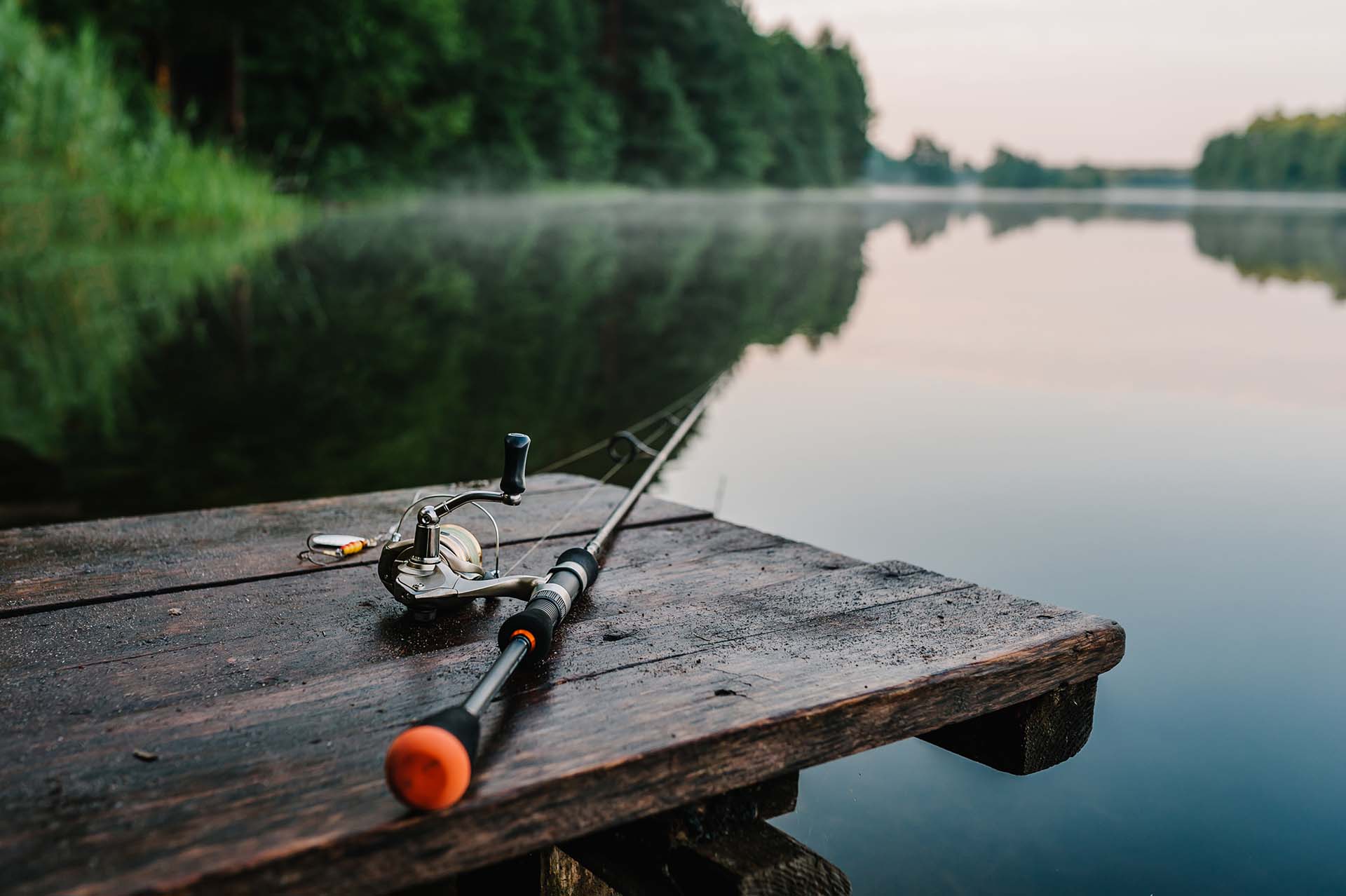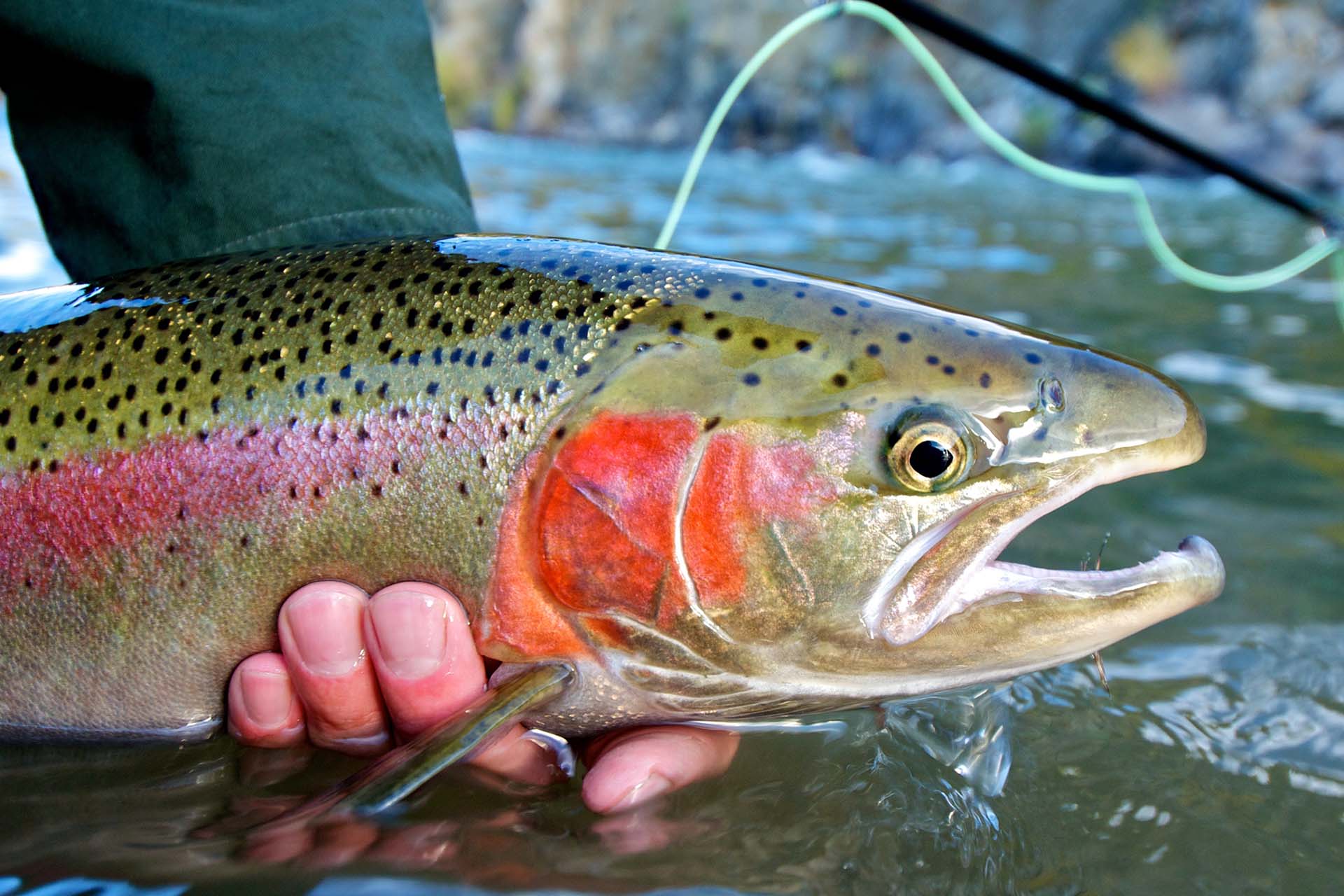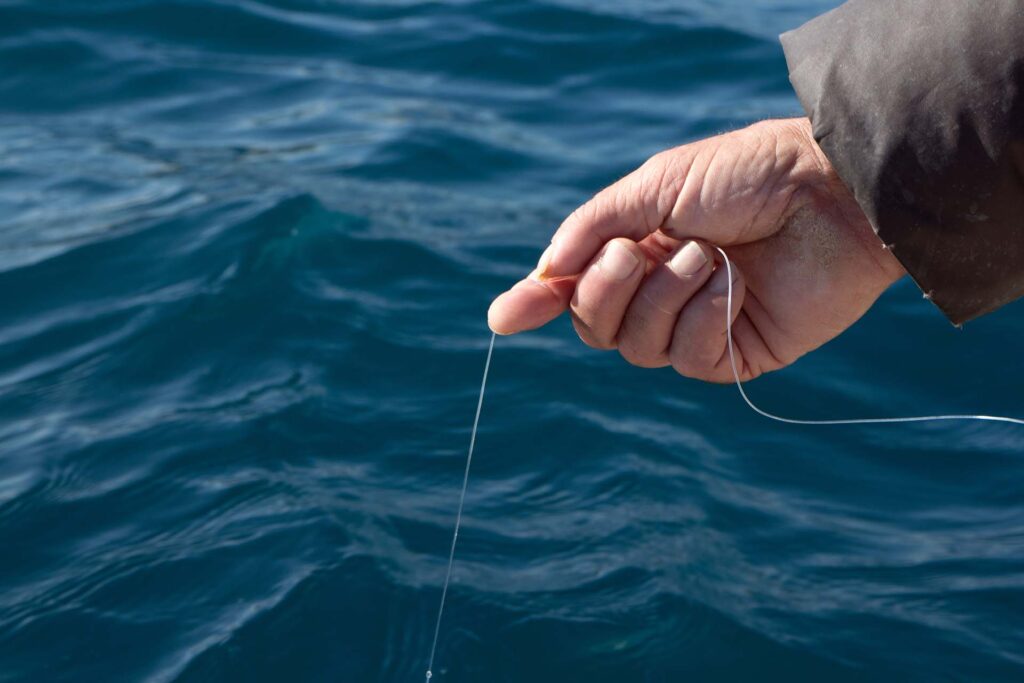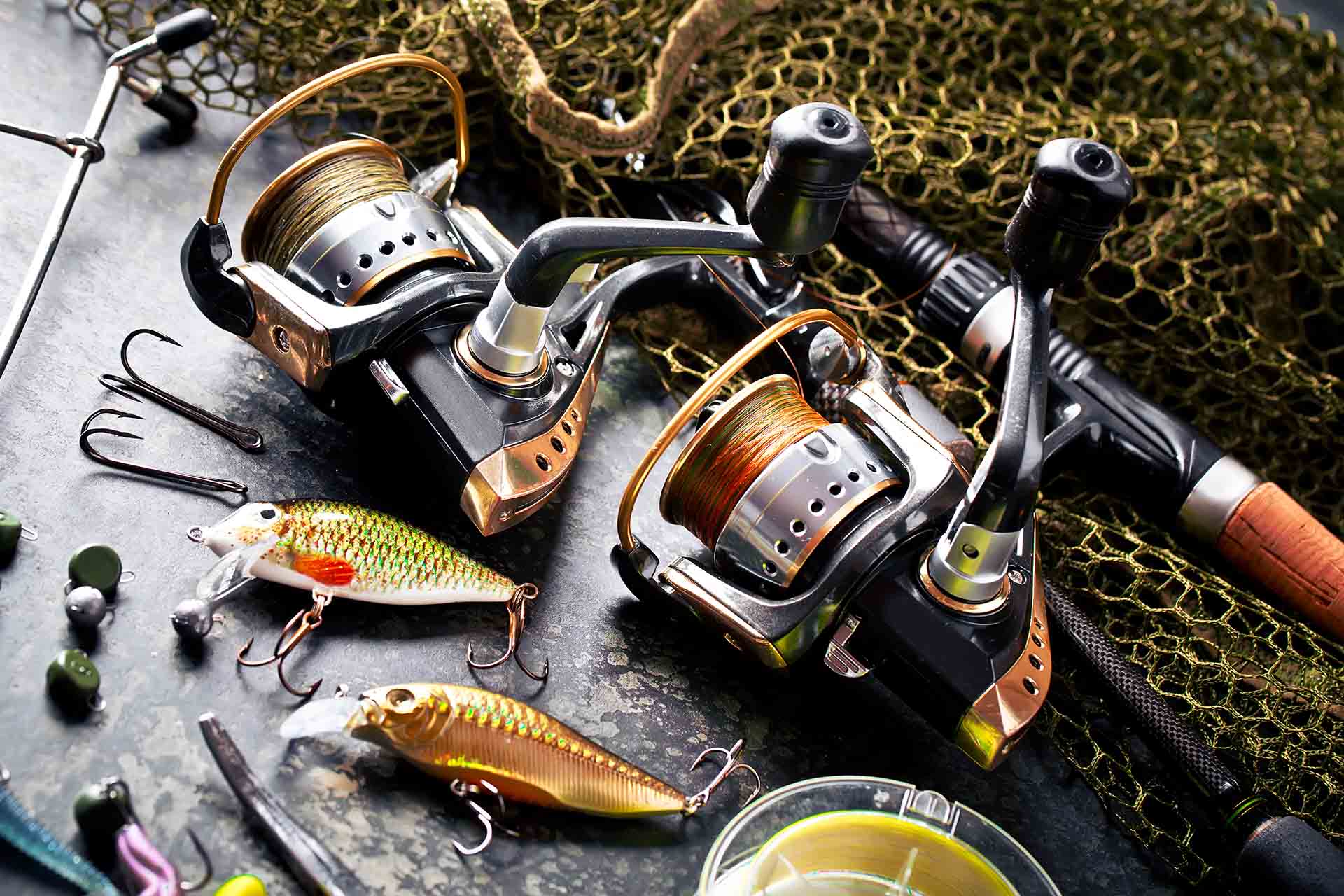Fishing enthusiasts and curious minds often find themselves pondering – what is a jigging rod? It’s a common question, given the specialized nature of this piece of fishing equipment. Mastering its use can be akin to learning a dance, where each movement, twitch, and pull brings the jigs to life, captivating the attention of the underwater dwellers. So, let’s delve into the world where precision, agility, and the right equipment intertwine.
What Is a Jigging Rod?
A jigging rod is a type of fishing rod specifically designed to enhance the action of jigs, which are a special type of fishing lures. Crafted to be sensitive and strong, these rods allow anglers to impart a particular action on the jig, making it dance and flutter in the water to attract their target fish species.
Historical Context and Evolution of Jigging Rods
You might be surprised that this fishing technique is not that old. Its roots are firmly embedded in the early 1990s and connected to a well-known Japanese angler Yoichi Mogi. He was the mastermind behind this art, laying the foundations for the customized equipment for optimizing this technique.
Mogi’s innovations didn’t just stop at initiating a novel fishing method. He also played a pivotal role in shaping the evolution of the associated equipment. Fast forward to today, the array of gear tailored for this specific angling style is vast, marking a significant transformation from its inception days.

Types of Jigging Rods – Spinning vs. Casting
When embarking on this type of adventure, the choice between spinning and casting rods becomes pivotal. Each type brings its unique flair to the dance, influencing the jigs’ performance and the angler’s experience.
Understanding the nuances, strengths, and weaknesses can turn an angler from a passive participant into a seasoned veteran. To get a clearer picture, here’s a table to break down the pros and cons of these types of fishing rods:
| Type | Pros | Cons |
|---|---|---|
| Spinning Rods | Easier to use, especially for beginners, and a versatile choice for lighter lures | Can be less accurate and is often not strong enough to handle larger fish |
| Casting Rods | Offers more accuracy and is able to handle heavier lines and lures fit for big catches | Has a steeper learning curve and can result in backlash if not used properly |
Here Are a Few Personal Recommendations
Every piece of equipment has unique features that make it stand out. In this sea of options, both seasoned and beginner anglers can find it difficult to land on their perfect fit. To nudge you in the right direction, here are a few of my personal favorites when it comes to this particular fishing style:
- The Ugly Stik Tiger Elite Casting Rod – this is a versatile choice that can be used for plenty of fish species and in all kinds of conditions,
- The Fiblink Saltwater Fishing Rod – you can choose between the spinning and casting design, and it’s a 2-piece, which means it’ll be able to transport and store,
- The Jigging World Onyx Inshore Casting Rod – can be used for boat fishing as well as bottom casting.
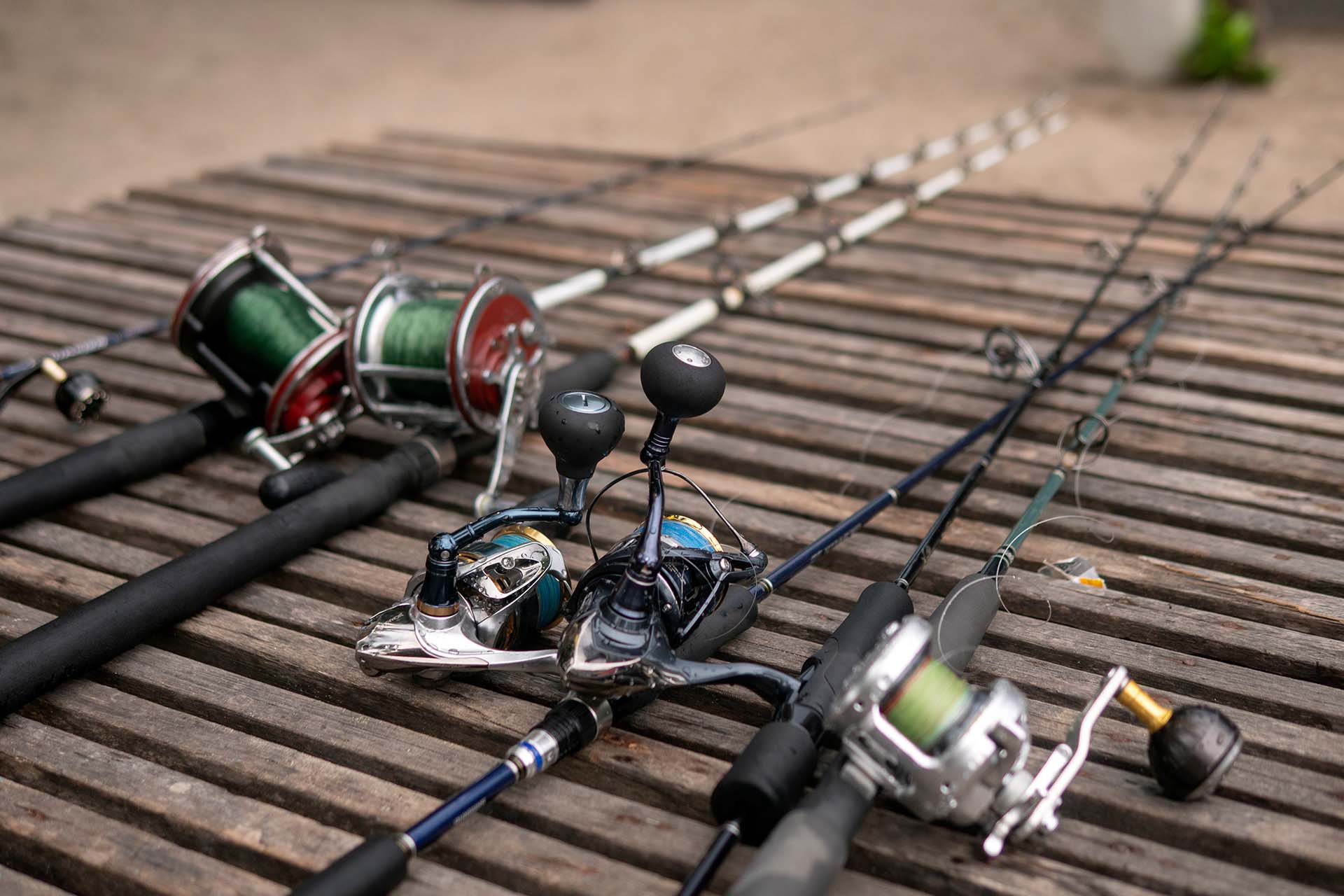
The Mechanics of Jigging – What Is a Jigging Rod Used For?
These specialized fishing rods are used for a particular technique where the lure is given a jerky, vertical motion, as if alive. There are actually a few different approaches when it comes to this style of angling:
- Vertical jigging – this is the traditional technique where the angler lifts the fishing rod quickly and then lets it fall, making the lure dart upwards and then flutter down, mimicking the movements of injured prey,
- Slow-pitch jigging – a more relaxed approach where the jig is lifted slowly and then allowed to flutter down gently,
- Speed jigging – the jig is retrieved quickly, making it dart and dive, appealing to the predatory instincts of aggressive fish species.
How Jigging Rods Differ From Other Fishing Rods
These rods have carved out their unique niche in the angling world, distinguished by their specific design tailored to this approach’s dynamic and demanding nature. For example, you might have found yourself at an outdoor store wondering – what is a slow-pitch jigging rod? Each nuanced approach of this technique has earned itself a specialized piece of equipment to do the job right.
Most of these rods boast a fast action, meaning they’re stiff in the lower section but flexible at the tip. This design facilitates the angler’s ability to impart that erratic, lifelike motion to the jigs. Furthermore, these rods are powerful and engineered to wrestle with the formidable opponents of the deep.
Benefits of Using a Jigging Rod for Specific Fishing Techniques
The tailored design and features of these rods amplify the angler’s skill, turning each movement into a symphony of precision and allure. Benefits of using them include:
- Enhanced sensitivity to detect even the subtlest bites,
- Greater control over the jig’s movement and action,
- Ability to handle larger, stronger fish due to their power,
- Adaptability to various approaches of this technique,
- Optimized for performance in deeper waters.
How These Rods Work in Landing Your Catch
The fast action and power harmonize, offering the angler both sensitivity to feel the fish and the strength to reel it in. Each tug and each pull is amplified, but the piece will still be sturdy enough to handle the battle between you and your next trophy.
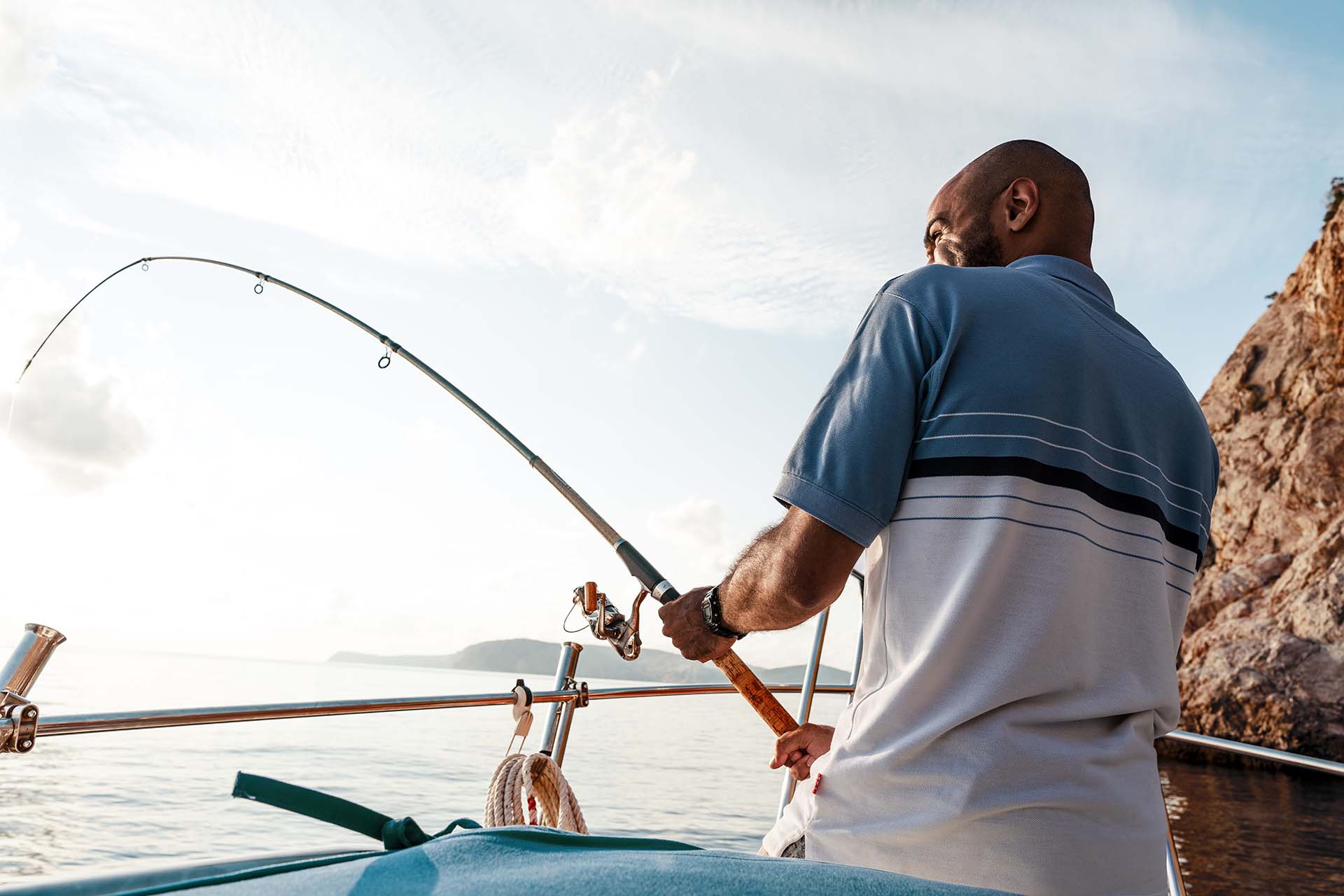
Key Components of a Jigging Rod
Each part of your specially designed fishing rod is meticulously crafted and strategically integrated. Therefore, all of them play a pivotal role in optimizing performance, ensuring that each cast is not just a throw but a maneuver teeming with potential. Let’s take a closer look:
Rod Blank - Materials and Action Types
The blank is the essence, the core that holds the whole ordeal together. Crafted typically from graphite, fiberglass, or a composite of both. Each material brings a unique blend of strength, sensitivity, and flexibility.
Graphite is renowned for its lightweight build and heightened sensitivity, making it a favorite for detecting subtle bites. Fiberglass, though heavier, boasts exceptional durability and strength, making it ideal for battling heavy catches.
Guides - Types and Their Significance
Guides are the silent sentinels that orchestrate the line’s dance, ensuring fluidity and control with every cast. Ceramic guides, known for their durability and reduced friction, enhance the line’s smooth passage, ensuring accuracy and distance in casting. Though less expensive, stainless steel variants are valued for their resilience and strength.
Reel Seat - Its Role in Rod Functionality
A seat’s primary function is to firmly anchor the fishing reel, ensuring stability and control during the dynamic dance of casting and reeling. Aluminum seats are favored for their balance of lightweight design and robust strength, ensuring the reel stays rooted, even during intense encounters. Graphite variants, though lighter, are chosen for freshwater expeditions, offering a blend of sensitivity and corrosion resistance.
Handle - Types and Ergonomics
The handle is the angler’s direct link to the water’s mysteries, and its design is pivotal. EVA foam handles are renowned for their comfort, grip, and durability, even in wet conditions, offering the angler sustained comfort and control. Cork handles, though traditional, are valued for their lightweight design and heightened sensitivity, making them a favorite for those seeking a direct, tactile connection.
Butt Cap and Gimbal - Their Importance in Jigging
The butt cap and gimbal might seem inconspicuous, but they are integral to control and leverage. Butt caps, often made of rubber or cork, provide comfort and grip, ensuring that the equipment remains firmly anchored during intense reeling scenarios. The gimbal, typically found on models designed for battling larger fish, ensures that the equipment is locked in place, offering the angler enhanced leverage and control.
How to Choose the Right Jigging Rod
The success of each cast, the precision of each jig, and the triumph of every catch are intimately tied to the quality and suitability of your equipment. Therefore, it’s important to take some time when selecting your next piece, as this will help you immensely in maximizing your success out on the water.
Factors to Consider When Selecting a Jigging Rod
When shopping through your options, here are the most important aspects to take into account:
- Target species and conditions – different species and water conditions require specialized features for optimal performance, so consider your target and whether you’ll cast in freshwater or saltwater environments to find your perfect fit,
- Action and power ratings – the right combination of action and power will ensure that the pole in your hands is tailored both to your technique and the intended catch,
- Budget – while the allure of premium features and branded gear is undeniable, it’s always essential to balance quality and affordability.
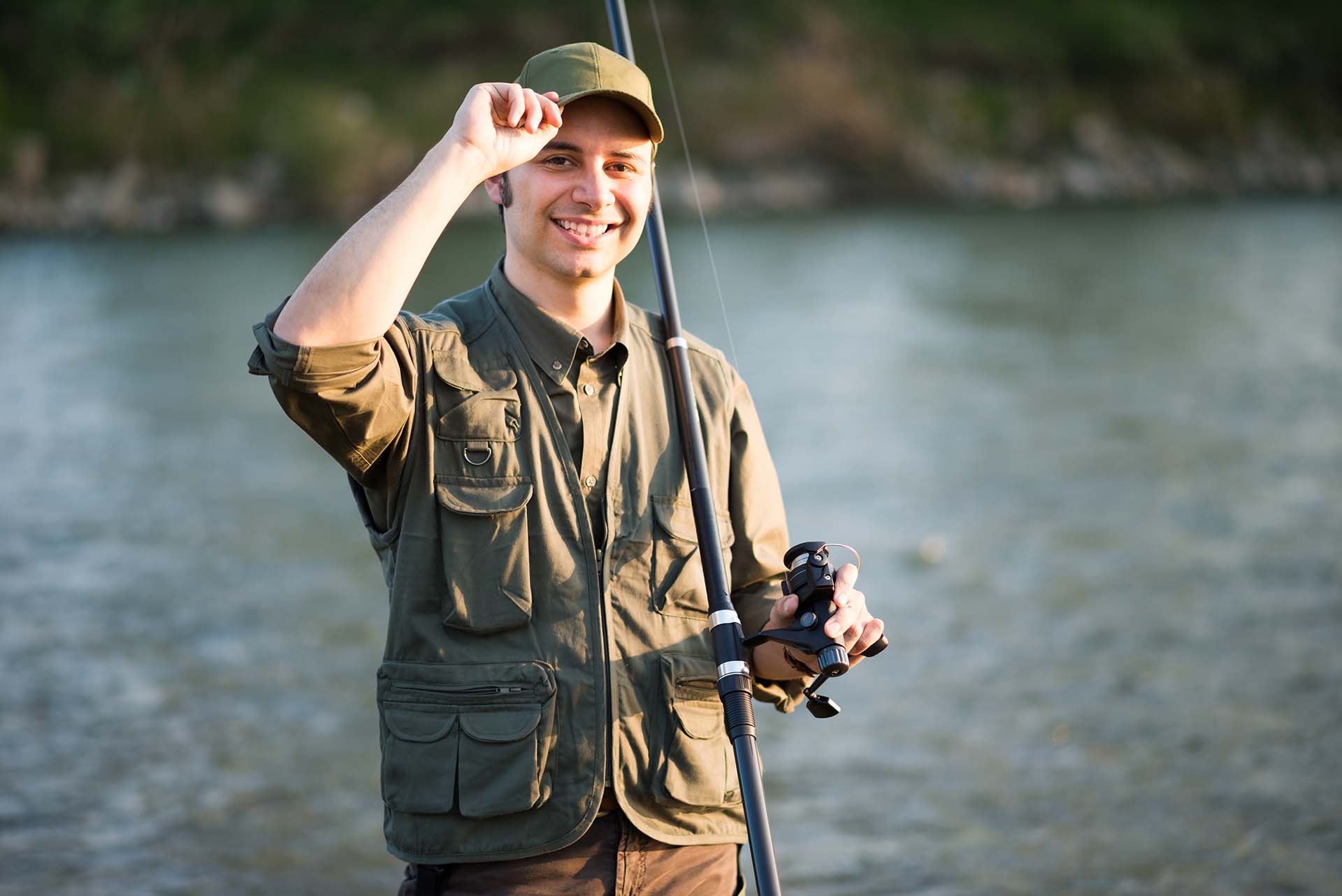
Tips on Techniques for Using a Jigging Rod
Like any form of angling, becoming a master with the jig lies in the subtle interplay of skill, technique, and respect for the enigmatic waters. Here are some tips to further elevate your experience:
- Learn and practice the distinct movements of different approaches to the jig, from rapid movements to slow-pitch dropping,
- Always adapt your techniques and jigs to match the weather and water conditions,
- Depending on the conditions, equip yourself with appropriate clothing and gear to navigate the challenges of the environment,
- Before every endeavor, check your equipment and ensure it’s in prime condition.
A Little Maintenance and Care Can Go a Long Way
Each cast and triumphant catch leaves its subtle imprints on your gear. Cleaning with care and attending to every piece breathes longevity into your equipment. From the fishing rod to the fish hook, make sure you clean everything meticulously after each session. Also, always store your gear in a dry, cool space away from any harsh elements.
It’s Time to Create Harmony in Motion With Your Gear
At the end of the day, this piece of equipment is not just a tool but a silent partner, echoing the angler’s whispers and turning each cast into a harmonious blend of anticipation and precision. So, make sure you’ve got the right gear in hand and know how to use it. After that, all that’s left to do is go out and enjoy the rhythmic pulse of the waters.


